
Ficus benjamin malattie Ficus
Carefully remove your Ficus Benjamina from the existing pot. Do not tug on your Ficus Benjamina; you must squeeze both sides of the container and turn it upside down. Tugging on it can damage the flowers and the foliage. Tap on the bottom side of the pot to loosen the plant, and then proceed to gently pull it out.
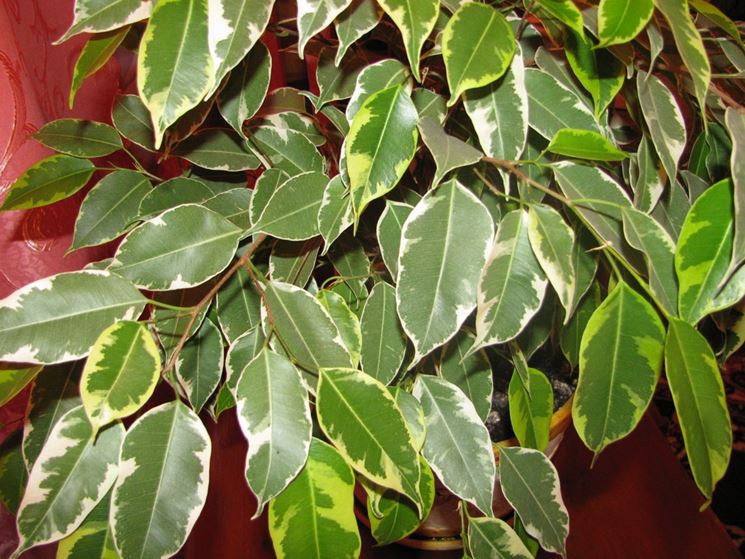
Bengiamino Ficus Benjamina Ficus Benjamina Piante da interno
Weeping figs grow easily indoors in containers filled with soil-based potting mix and positioned in bright indirect light or in sunny areas that get some afternoon shade. The plant should be regularly watered during the growing season but allowed to become drier from fall to late winter. The Spruce / Cara Cormack.
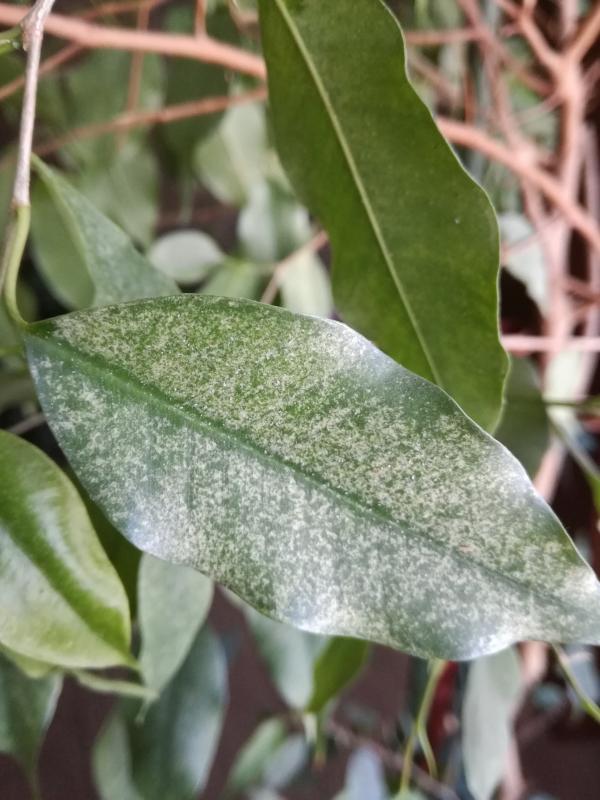
Ficus Benjamina Foglie Gialle
Ficus benjamina: malattie di cui le foglie ti avvertono. Uno degli aspetti più caratteristici del Ficus benjamina sono le sue foglie. E questi possono essere un sistema di avviso per sapere se il tuo albero è sano o meno. Infatti, in alcuni casi, il cambiamento di colore delle foglie può essere correlato a una malattia o a un parassita.
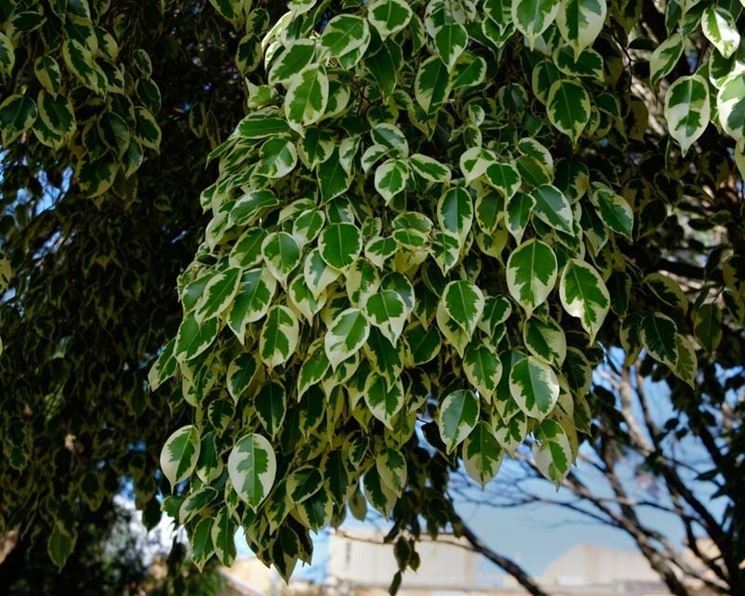
Combattere le malattie del ficus benjamin ficus beniamino malattie
Ficus benjamina, commonly known as weeping fig, benjamin fig or ficus tree, and often sold in stores as just ficus, is a species of flowering plant in the family Moraceae, native to Asia and Australia. It is the official tree of Bangkok.The species is also naturalized in the West Indies and in the states of Florida and Arizona in the United States. It is one of the most common trees in Israeli.
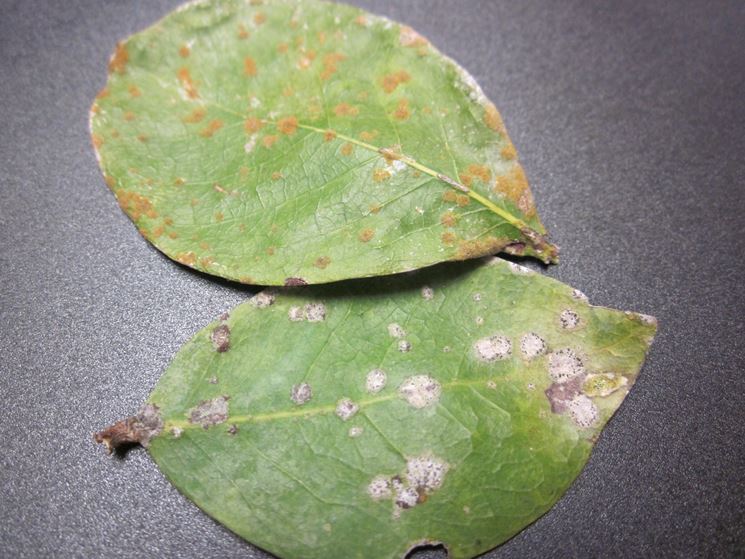
Ficus benjamin foglie gialle Malattie piante
Remove the fungus and the pests with the cotton stick and rinse the contaminated area with the fungicide. Neem oil is considered to be one of the most common and effective pesticides for the potted plants. Of course it is better to prevent an infection rather then to cure an existing one. Remember to keep the plant clean and dry.
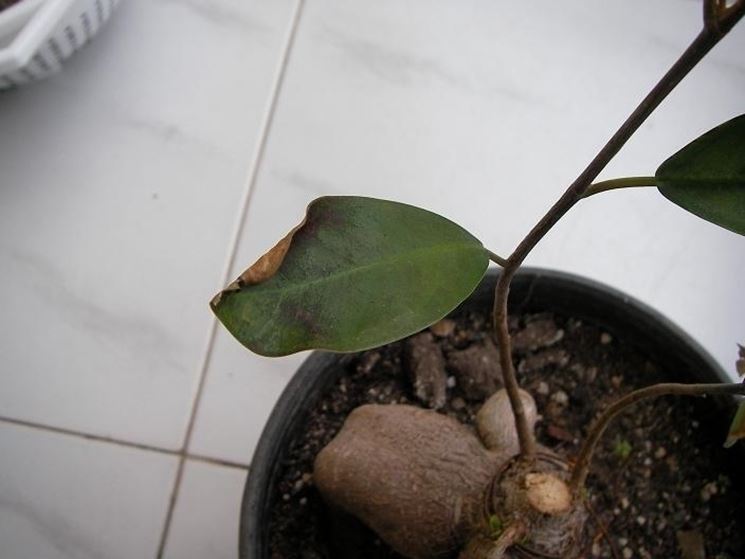
Principali malattie del ficus benjamin ficus beniamino malattie del
Do not mist the leaves. How to solve it: Apply sulfur sprays or copper-based fungicides weekly at the first sign of disease to prevent its spread. These organic fungicides will not kill leaf spot but will prevent the spores from germinating. 3. Anthracnose. This shows up as rusty-looking spots on stems and leaves.
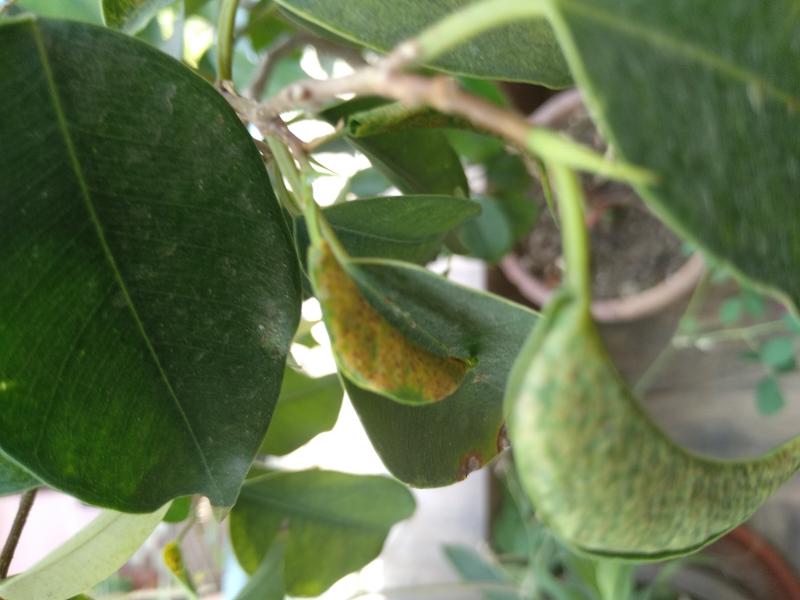
Le domande all'esperto su Ficus Benjamin
La potatura del Ficus Benjamin si effettua in primavera ed è finalizzata principalmente al controllo della sviluppo della chioma, così da dare una forma ben definita e non disordinata ai rami. In inverno invece è meglio potare i rami di grandi dimensioni, questo perché la sostanza lattiginosa prodotta è minore in questo periodo.
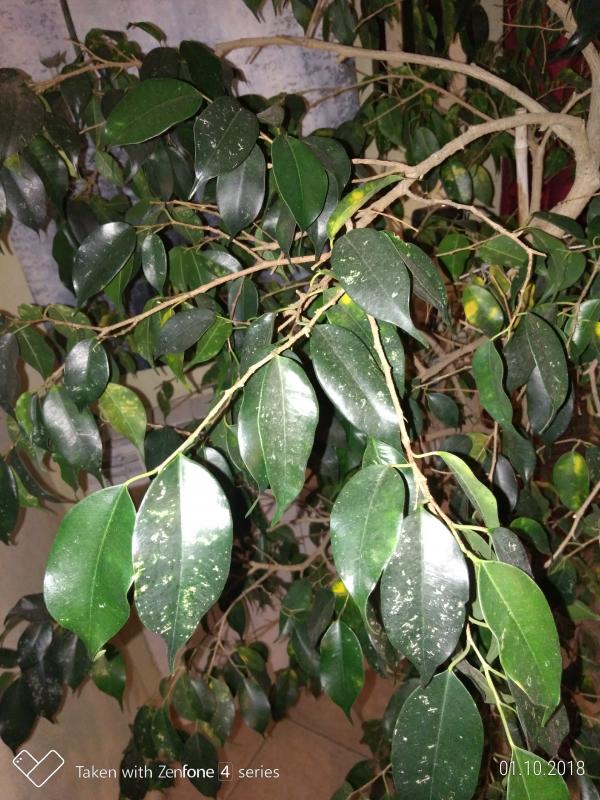
Malattie Del Ficus Benjamin Malattia Foglie Gialle Ficus Benjamin
Eseguire una corretta potatura del Ficus benjamin permette non solo di assicurare una crescita rigogliosa e prevenire alcune malattie, ma anche di avere una pianta con una chioma regolare senza foglie secche e rami morti e, quindi, perfettamente equilibrata.. Solitamente, la potatura del Ficus benjamin va eseguita in primavera e non, invece, nei periodi di vegetazione che vanno dalla fine del.

Ficus benjamin Caratteristiche? Cura? Potatura? Malattie?
Cura, coltivazione e rinvaso Ficus benjamina. Il Ficus benjamina generalmente, viene coltivato in vaso anche se, con clima adeguato, vive molto bene in piena terra. Il vaso deve essere di dimensioni adeguate alla grandezza della pianta. Il substrato di coltivazione è un terriccio sciolto e ben drenato con pomice, sabbia o lapillo vulcanico.

Ficus benjamin malattie Ficus
Cut about 6 inches of a mature branch at least ¼" below a leaf node. Strip leaves from the bottom 2-3 inches of the cutting, ensuring 3-6 leaves remain. Place the cutting into a small pot with fine, fresh potting mix, and water. Cover the new cutting with a medium-sized plastic bag to trap moisture and warmth.
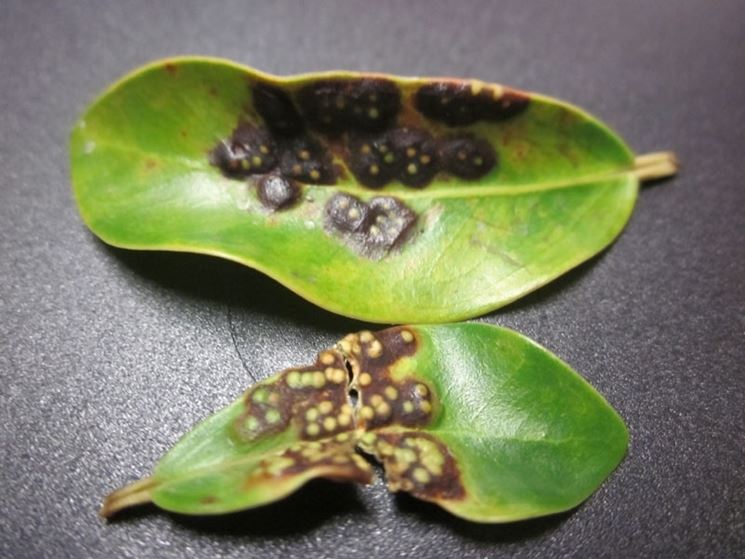
Ficus benjamin Ficus Caratteristiche del Ficus benjamina
The ficus does not respond well to being overwatered and will drop leaves if this happens. A good rule of thumb (literally!) is to allow the soil to dry out up to about 5cm, about the length of your thumb or first two knuckles of your fingers, before watering again. Don't overwater in winter, your ficus will require it more in the hotter months.
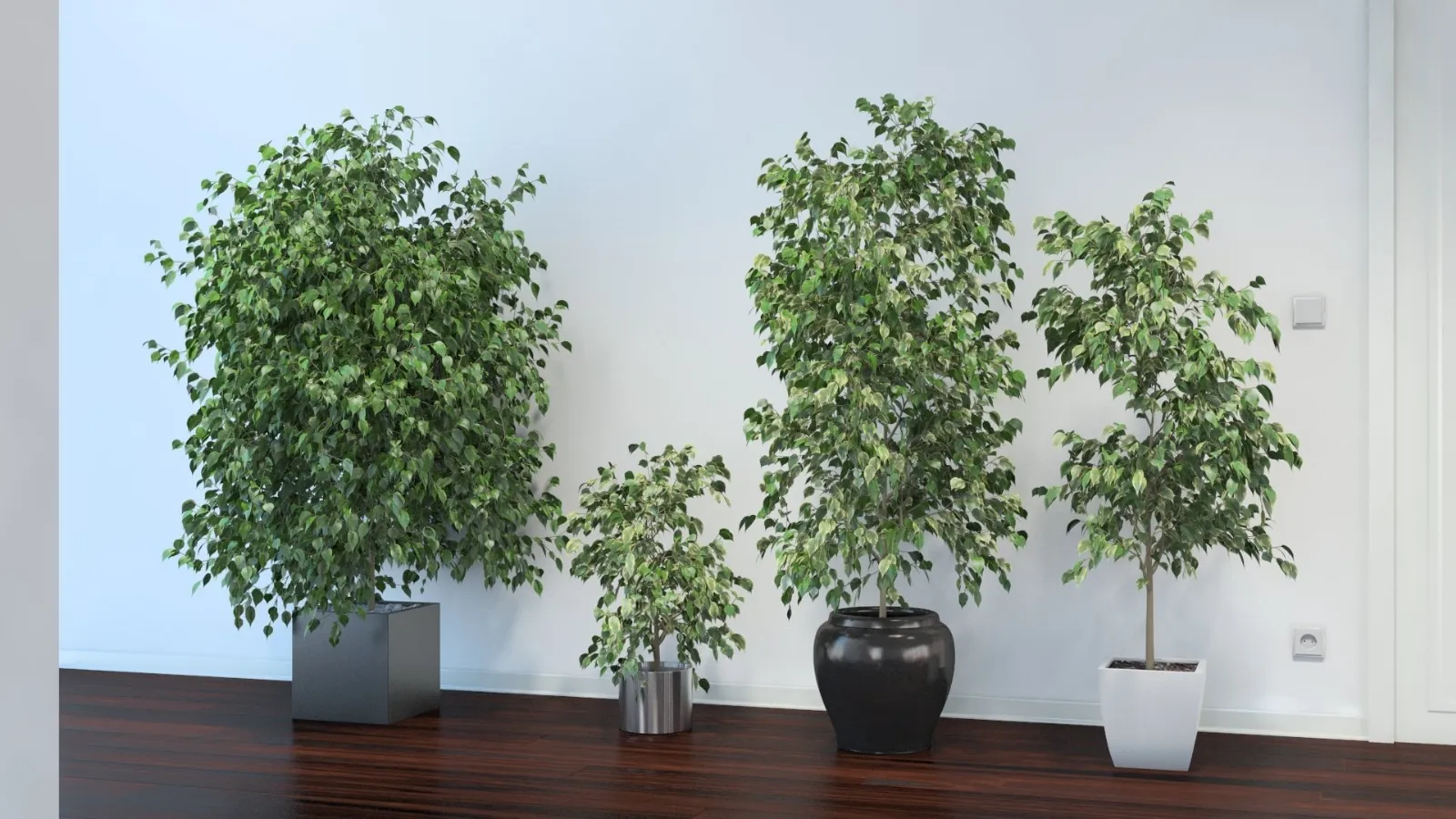
Ficus Benjamin Cura Ficus Benjamin O Bengiamino I Segreti Di Questa
Background Current study has been designed to estimate the possible antioxidant, antimicrobial and hemolytic potential of Ficus benjamina different parts (leaves, stem and root). Results All examined extracts and fractions were significantly rich in antioxidants and exhibited potent antimicrobial activity. GC/MS analysis of essential oil identified four compounds in stem and eight compounds in.
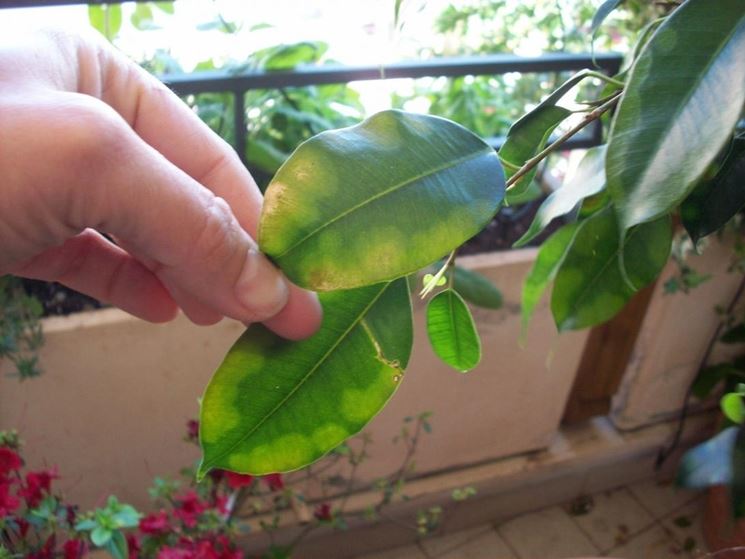
Ficus benjamin perde foglie Parassiti e Malattie piante Il ficus
Ficus benjamin malattie: Cura. Per individuare l'eventuale presenza di malattie e per decifrarne l'origine, è importante osservare attentamente le foglie della pianta: esse saranno il primo campanello d'allarme, in grado di rivelare la presenza di insetti e parassiti. La presenza di parassiti è solitamente rivelata, infatti, dalla comparsa di.
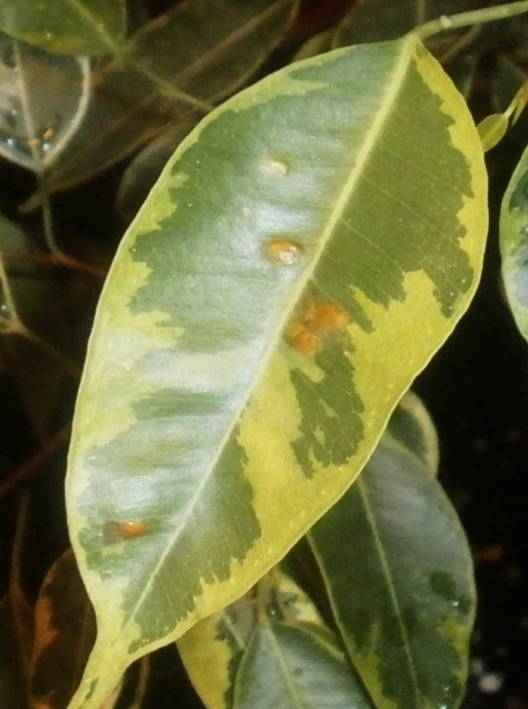
Ficus benjamin foglie gialle Parassiti e Malattie piante
Le malattie del ficus benjamina non sono così frequenti, anche se ovviamente esistono. Rispetto ad altre piante i ficus benjamina sono molto resistenti e hanno grande capacità di adattamento ma a volte può capitare che vengano attaccati da pericolosi parassiti come cocciniglie, afidi o il ragnetto rosso, che spesso portano pericoli per la.

ficus benjamin malattie fungine Ultima Italia
Weeping fig, Ficus benjamina, is one of the most elegant indoor plants. Its graceful weeping branches bear glossy dark green or variegated leaves. It's ideal for growing in a well-lit room or conservatory. For best results grow Ficus benjamina in a loam-based compost in full light, but not direct sun. From spring to summer feed every two weeks.

Ficus Benjamin come coltivarlo e quali sono le malattie più comuni
F. benjamina is a large, spreading, strangling fig tree of Asian origin, frequently introduced as an ornamental, but listed as "environmental weed, naturalised, weed" in the Global Compendium of Weeds (Randall, 2012).It is known to be invasive in Cuba (Oviedo Prieto et al., 2012) and parts of Asia-Pacific (), and was listed in the American Lands Alliance's "Worst" Invasive Plant.